
Active filters:
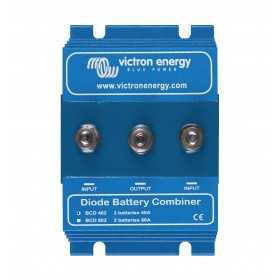

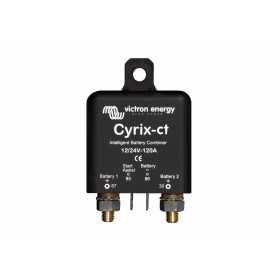

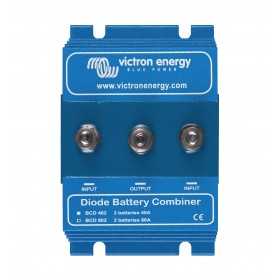

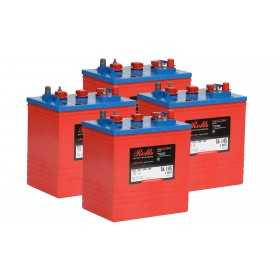
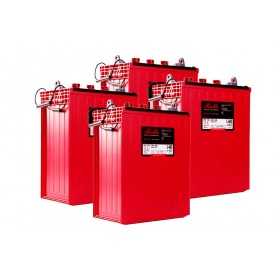
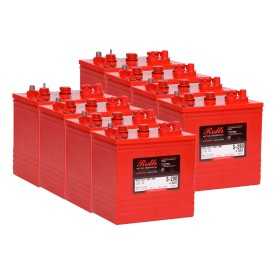

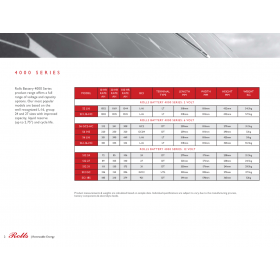
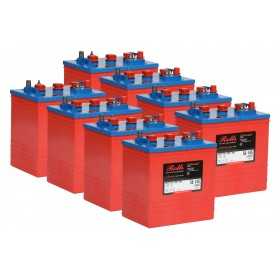


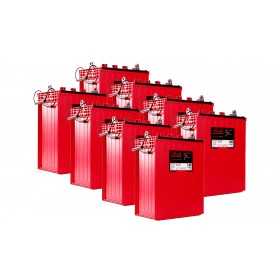
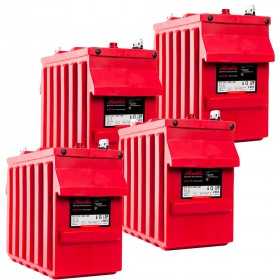




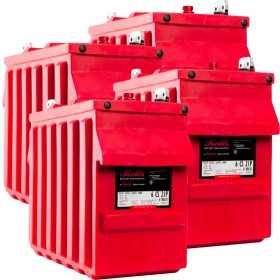

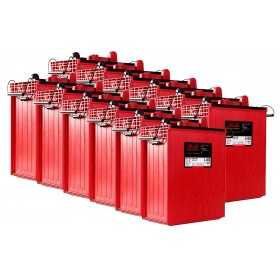
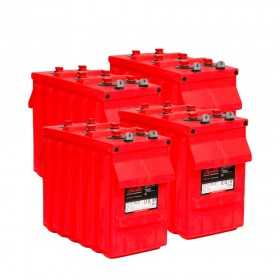

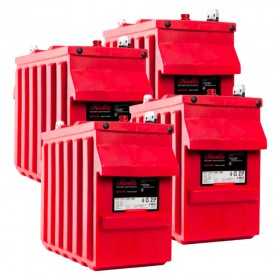

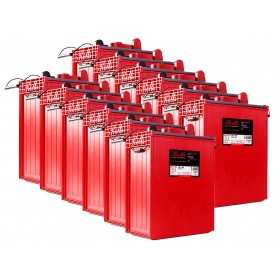


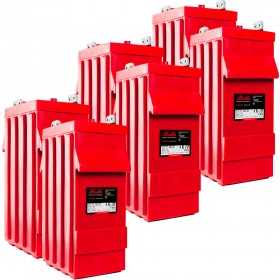

The lead-acid battery (also known improperly as a lead-acid battery or lead-acid battery) was conceived in 1859 by the French physicist Gaston Planté and is the oldest type of rechargeable battery (or accumulator, by definition), widely used on cars, motorcycles and other motor vehicles mainly to allow the combustion engine to start and power all on-board electrical utilities. Battery manufacturers not only use lead for the plates but add other elements such as antimony and calcium, these elements serve to decrease the most common negative phenomena in batteries such as self-discharge, life in charge / discharge cycles or tendency to sulfation. Its ability to deliver instant high power on ignition makes it quite powerful. This feature, together with its low cost, makes it convenient for use in motor vehicles to power the starter for a few seconds. A cell is conventionally considered discharged when at its ends there is a voltage lower than 1.75 V / cell (10.50 V / batt., At 25 ° C and at least after about 10 min of rest) and fully charged when it is of 2.15 V / cell (12.90 V / batt., at 25 ° C and after 24 hours from the charge). This type of battery, if well treated and maintained, can have a very long life, conversely a lack of maintenance significantly reduces the life of the battery. The most common types of faults to which lead-acid batteries are subject, if they are not well maintained and used within the limits prescribed by the manufacturers, are: internal short circuits, the sulphation of the plates / cells and acid leaks, even if these he last type of damage is a particularly rare event, given the reliability of current plastic casings. The short circuit occurs when two plates of opposite polarity come into contact in an element due to the breakage of the separator by mechanical action (shocks, vibrations) or due to the accumulation of active matter on the bottom of the cell (typically PbO2 in the positive plates) escaped from the alveoli accidentally broken, also due to sulphation or prolonged corrosion of the acid in high concentration. Furthermore, excessive and prolonged charging currents can overheat the plates and even deform them due to thermal expansion in the most serious cases. The sulphation of the plates / cells, on the other hand, is a natural chemical process that occurs whenever a lead acid accumulator is discharged to supply electricity to an external user or is left inactive for a long time, in which case the self-discharge / internal dispersions (always present) reduce the available energy initially present in the accumulator.
Active filters:































